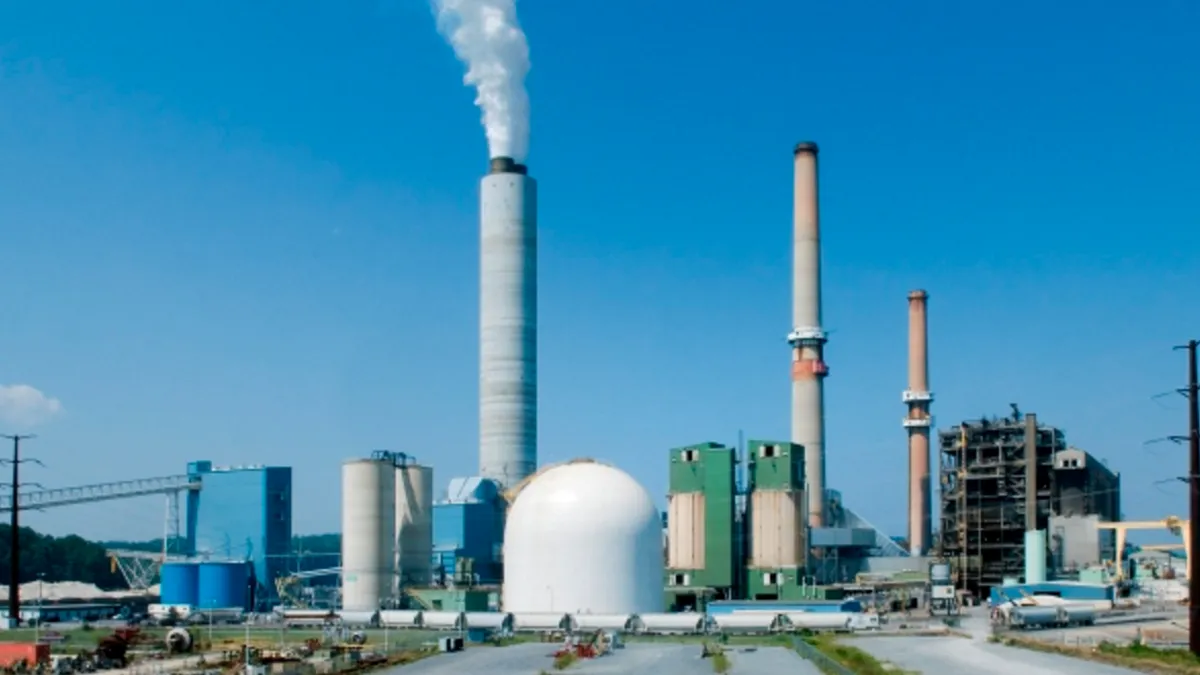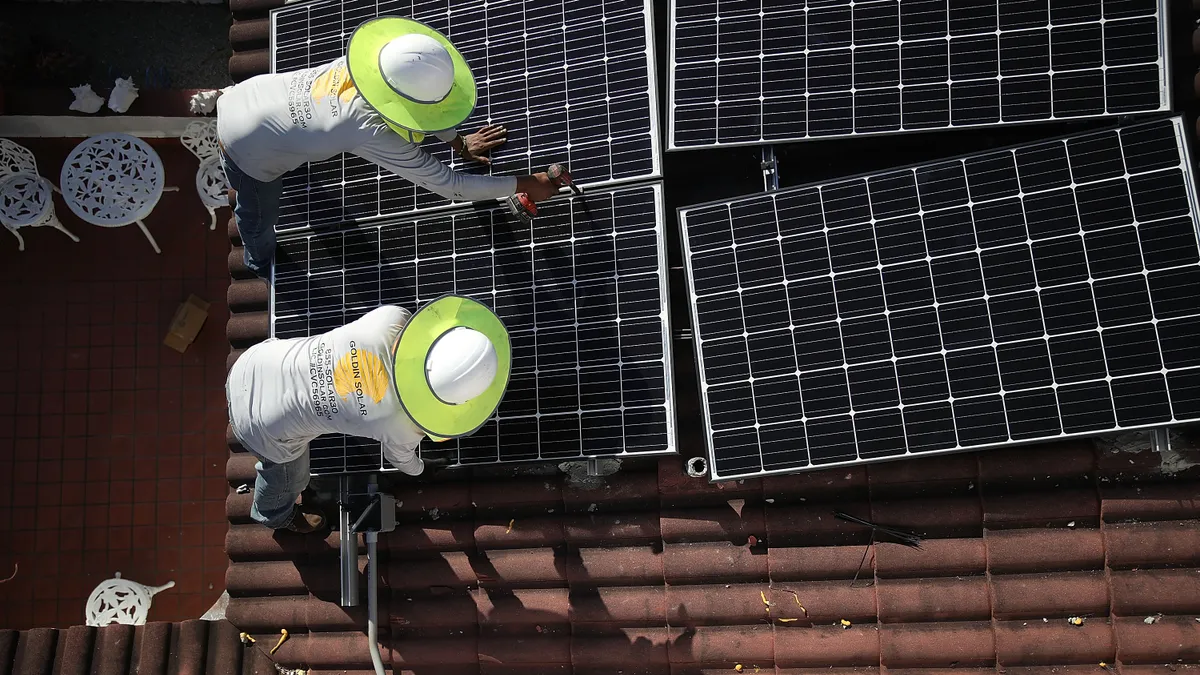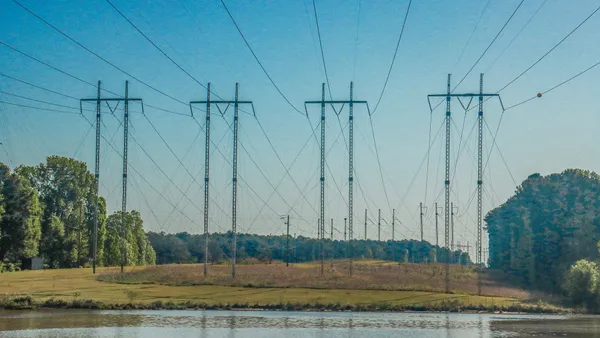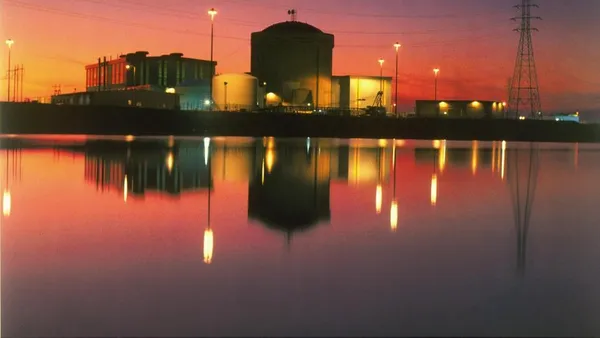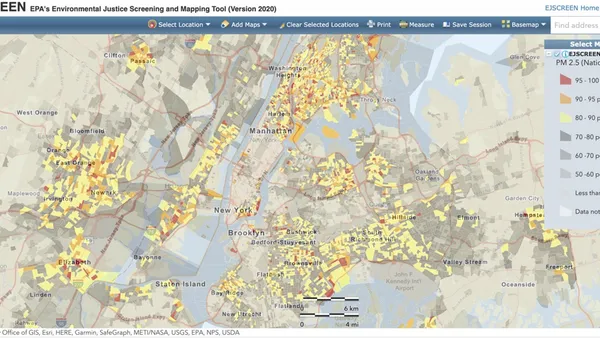Dive Brief:
- Coal led January energy production in Texas, with the fuel generating 9.7 TWh or about 36% of the grid's supply. Natural gas supplied about 30%, followed by wind (20%) and nuclear (14%), according to data released by the Electric Reliability Council of Texas.
- Coal's share of electricity production actually declined relative to other fuels from the previous month, Platts reports, possibly due to lower demand and inexpensive natural gas.
- But the fuel continues to show relative strength, particularly in the face of reports highlighting the rise of natural gas and the declining cost of solar. In January 2015, coal contributed a smaller portion of the fuel mix — 25%.
Dive Insight:
Reports of coal's demise in Texas have been common in recent months, as cheap gas and renewables threaten to push the baseload plants out of the power mix. But at least for now, the resource is enjoying somewhat of a resurgence.
Coal's generation share was down slightly from December, but up from about 25% last January, Platts reported.
ERCOT published a long-term resource assessment last summer which estimated nearly 10 GW of coal generation will retire by 2031, with almost all of it replaced by solar.
That jives with recent reports from Brattle and the Institute for Energy Economics and Financial Analysis (IEEFA), the latter of which said seven of 19 coal plants in the state are losing money and are at risk of closing unless wholesale prices rebound.
Gas prices have been low in Texas but recently the Henry Hub trading point has seen a rise above $3/MMBtu. A late-2016 spike in gas demand and power prices resulted from the Texas grid hitting a new record for winter demand, spiking to 57,958 MW during a particularly cold stretch.
The U.S. Energy Information Administration expects coal will exceed natural gas' share of generation this winter nationally, but it is not a trend expected to last beyond the coldest months. While gas has recently topped coal generation, and is expected to for full-year 2017, EIA data show the trend will reverse course from November 2016 thru April 2017.



